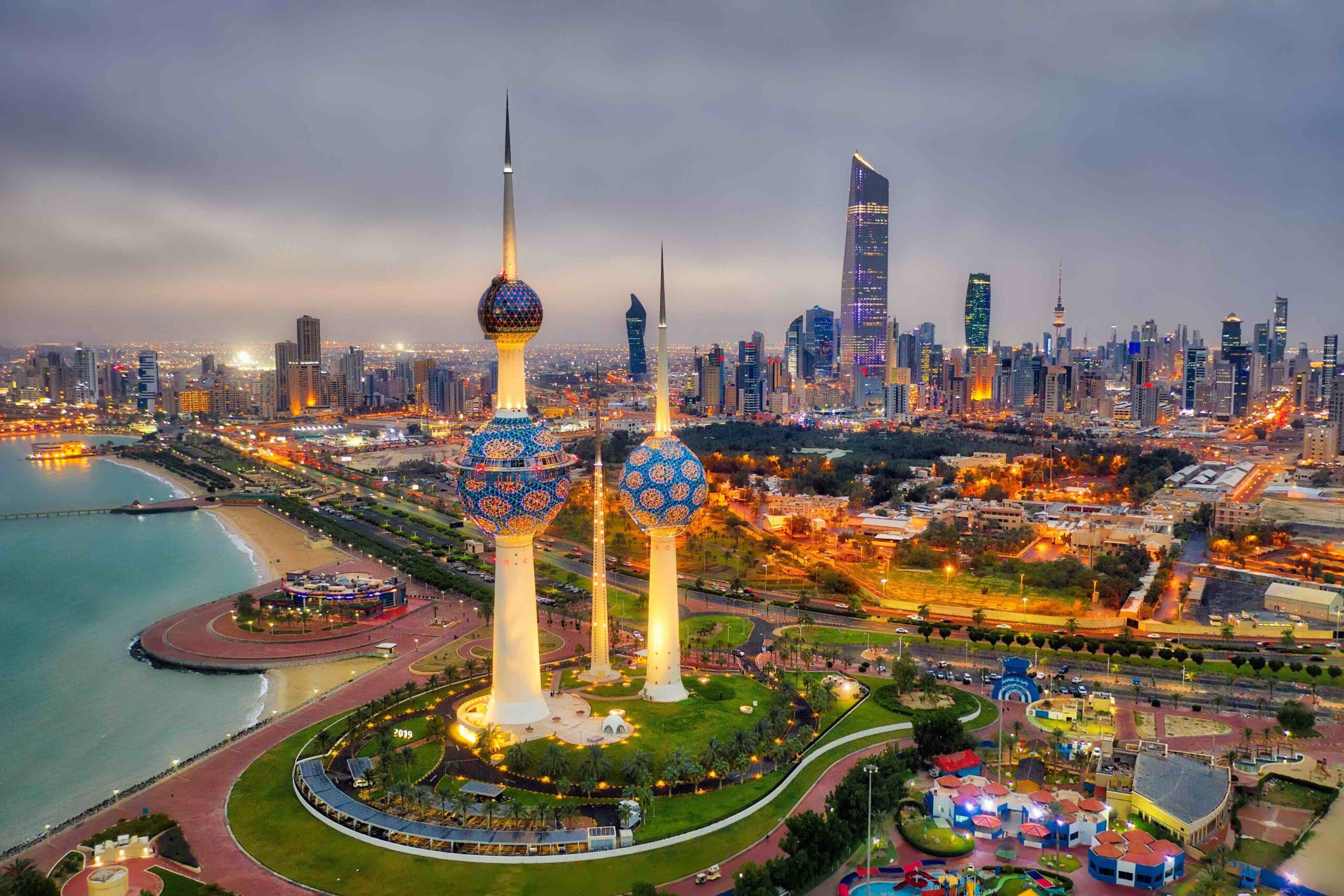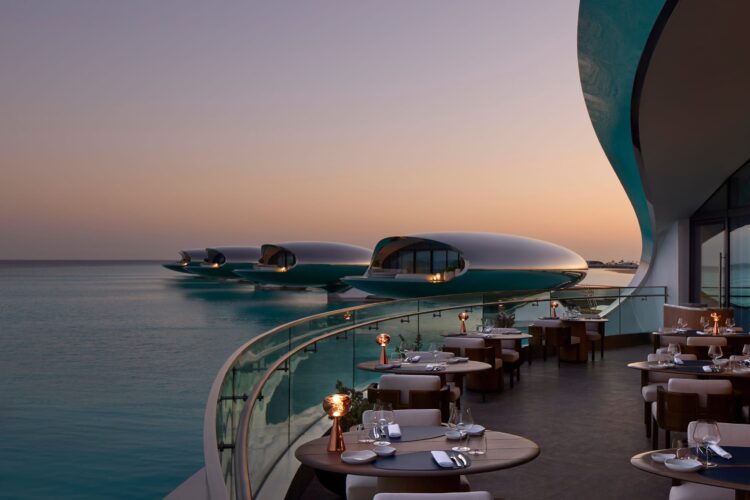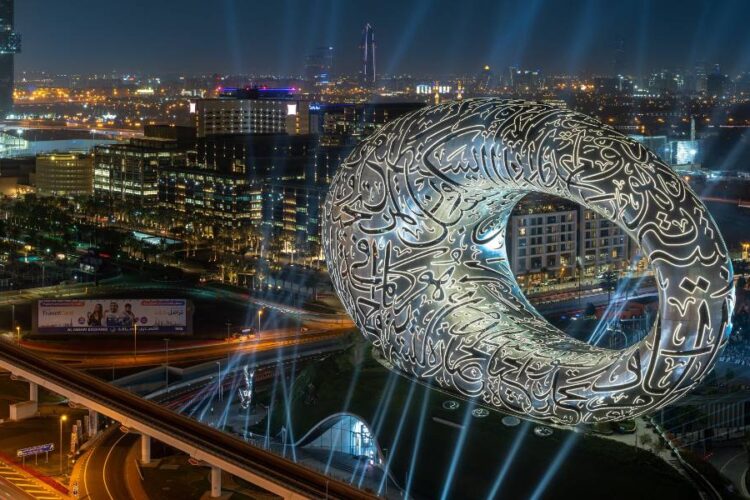
Kuwait, a small yet culturally rich nation on the Arabian Gulf, is often celebrated for its modern skyline, oil wealth, and contemporary lifestyle. Yet beneath its glass towers and bustling cityscapes lies a deep heritage of Islamic art and architecture. From intricately designed mosques to thoughtfully curated museums, Kuwait offers a fascinating journey into the aesthetics, symbolism, and spiritual depth of Islamic culture.
The Grand Mosque of Kuwait
No exploration of Islamic architecture in Kuwait is complete without visiting the Grand Mosque. Completed in 1986, this is the largest mosque in the country, covering over 45,000 square meters. Its design blends traditional Islamic motifs with modern construction, featuring an impressive central dome, delicate calligraphy, and Andalusian-style chandeliers. The mosque’s prayer hall can accommodate over 10,000 worshippers, while its marble interiors and ornate ceilings highlight the artistry that defines Islamic sacred spaces. Guided tours are available, offering visitors insights into both the mosque’s architecture and Kuwait’s spiritual traditions.
Al-Othman Mosque
Another architectural gem is the Al-Othman Mosque in Hawalli. Unlike the Grand Mosque, this site emphasizes Ottoman influences, with slender minarets, turquoise domes, and geometric patterns that reflect a fusion of styles. Its design pays homage to the diversity within Islamic architecture while serving as a center of community worship and learning.
Islamic Calligraphy and Ornamentation
Islamic art thrives on non-figurative expression, with calligraphy, geometric design, and arabesque patterns serving as its core elements. In Kuwait, this is visible not just in religious buildings but also in cultural institutions and even modern architecture. Verses from the Qur’an inscribed in Kufic and Thuluth scripts decorate domes, arches, and walls, merging spiritual devotion with artistic mastery. These elements remind visitors of the central role of language, rhythm, and repetition in Islamic creativity.
Tareq Rajab Museum
For a deeper dive into Islamic art, the Tareq Rajab Museum is an essential stop. This private collection houses one of the region’s most comprehensive displays of Islamic artifacts, including manuscripts, ceramics, textiles, and traditional jewelry. The museum’s galleries highlight the evolution of Islamic art across centuries and regions, from North Africa to Central Asia, providing context for Kuwait’s own artistic identity.
Contemporary Expressions of Islamic Design
Kuwait’s modern architecture also integrates Islamic aesthetics into new forms. Government buildings, cultural centers, and even residential designs often feature mashrabiya-style facades, patterned screens, and domes reimagined with contemporary materials. This dialogue between tradition and innovation reflects Kuwait’s role as a nation balancing heritage with modernization.
Why Explore Islamic Art in Kuwait?
Unlike larger regional hubs, Kuwait offers a more intimate lens into Islamic culture. The country’s size allows visitors to experience both grand monuments and lesser-known gems within a short period. Exploring Islamic art and architecture here provides not only an appreciation of craftsmanship but also insight into Kuwait’s identity as a bridge between Gulf traditions and modern global currents.
A Cultural Journey Beyond the Skyline
For travelers, Kuwait is more than just a stopover or an oil-rich capital it is a destination where history, spirituality, and artistry converge. Whether standing beneath the vast dome of the Grand Mosque, admiring centuries-old Qur’anic manuscripts at the Tareq Rajab Museum, or observing Islamic motifs in modern buildings, visitors will find that Islamic art and architecture in Kuwait tell a story of faith, beauty, and continuity that endures across time.
Read more on Travels On Click:
Qatar’s Futuristic Doha: Skyscrapers, Museums, and the Pearl
Cultural Festivals in the GCC: A Celebration of Tradition and Modernity
Exploring the Rich History of the GCC: Must-Visit Heritage Sites

